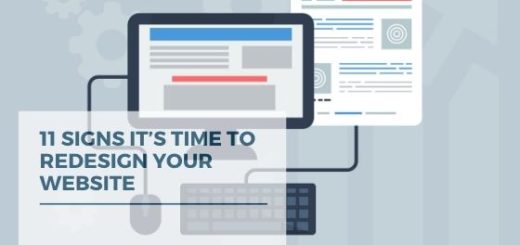How to Do Market Research for Your Project
0Every wise company makes the move of conducting market research for their products and/or services so as to better position themselves to take advantage of the market.

The tips and tools that the company employs as a part of their marketing research, and how they administer these tools is what will determine the effectiveness of the marketing campaign. Conducting an effective research will give a better idea of the project’s feasibility.
Conducting marketing research is a huge investment that requires time and money, and must be applied properly if it is to yield results that will improve the business or give it a good start.
Related topics:
- Tips for Responsive Corporate Design
- Tips For Better Data Flow Design
- Eight UI Design Patterns You Should Consider
- How to Build a Better Design Experience
- Tips to Evaluate Design User Experience
- How to Design for Your Target Audience
Here are some tips on how to do market research for your project.
Step 1. Establish the purpose of the research and think about the possible outcomes a research may produce.
It is at this stage that you will need to ask a lot of questions and make predictions as to the measures to be taken in the event that certain outcomes are achieved. If this happens, then what? Is the research being done to ascertain consumer interest in the product? At the end of the research, what actions are likely to be taken? Will the project be revamped if the findings reveal certain outcomes?
Tip 2. Check if there are any relevant data already available from a similar research that can be used.
It makes little sense to spend time and money conducting research when relevant data is already available. You can check with marketing research companies to see if they recently conducted and published research on the same product. If, for example, research was done on the product for a competitor, and you can get a hold of these data, then the plus is that you will be privy to information about your competitor’s advertising campaign along with any positives and/or negatives.
Instead of using time and money to conduct a similar research you can focus instead on using the data to advance the project. If there are no existing data then move on to conduct your own market research.
Step 3. Conduct a thorough market research.
Marketing companies can conduct the research for you, but there is a wealth of market research tools available online. These include online questionnaires, web searches and customer feedback forms. They are readily accessible and easy to use. Use these tools to garner feedback and opinions about the product or service for your project.

The aim of using these tools is to find out about the future prospects for the project. You will need to gather information about the market and the target consumers. The tools you use should seek to get answers to queries such as:
- What are the customers thinking?
- What are the competitors doing?
- The direction in which the industry is heading.
Record the findings from your marketing research. These will prove vital to how you will design the project and the amount of time, and energy it is likely to need to get it done.
Step 4. Analyze your marketing strategies and do the necessary tweaks. Highlight possible problems and new opportunities.
Ensure that you are well prepared to implement your marketing strategies, and execute any tactical decision you will have to make. Use results and findings garnered from the research tools such as questionnaires, and the use of focus groups to build and revamp the marketing strategy you will use for the project.
Make a list of all the decisions that come to mind, on the possible way forward then vet them, using possible outcomes to determine which to keep and which to do away with. Organize your decision according to priority.

For example: Results from your marketing tool may indicate that consumers consider the product or services as being a good one and one that they would purchase, but it is a bit too pricey. You will have to make decisions about a possible price revision, product development (maybe maintaining the price and adding value to the product instead), building the brand and maintaining brand image, advertising and possible problems that may arise along the way.
Step 5. Do a research on the competitor’s link building and PR campaigns.
Your research is not complete until you have some information on the competitor. Since the aim is to top the competitor, it is only feasible to gain some information on them, so you can use it as an advantage in your project design. Do a Google search for “link:www.[competitor’sname].com. This search will yield information on the competitor’s link building and PR campaigns, what they have to offer and their prices. It is possible to design your project so that it offers more to the consumer than the competitor is presently offering, resulting in more traffic to your completed site. Check How to Build a Better Design Experience.
Step 6. Do your final analysis and compile the data you will use for the project.
Complete the compilation of the data by adding any extra information you have gathered then check for any errors. Do your final analysis using the software of your choice, and determine the level of accuracy needed. Review the data again, and identify any constant or emerging trends.




